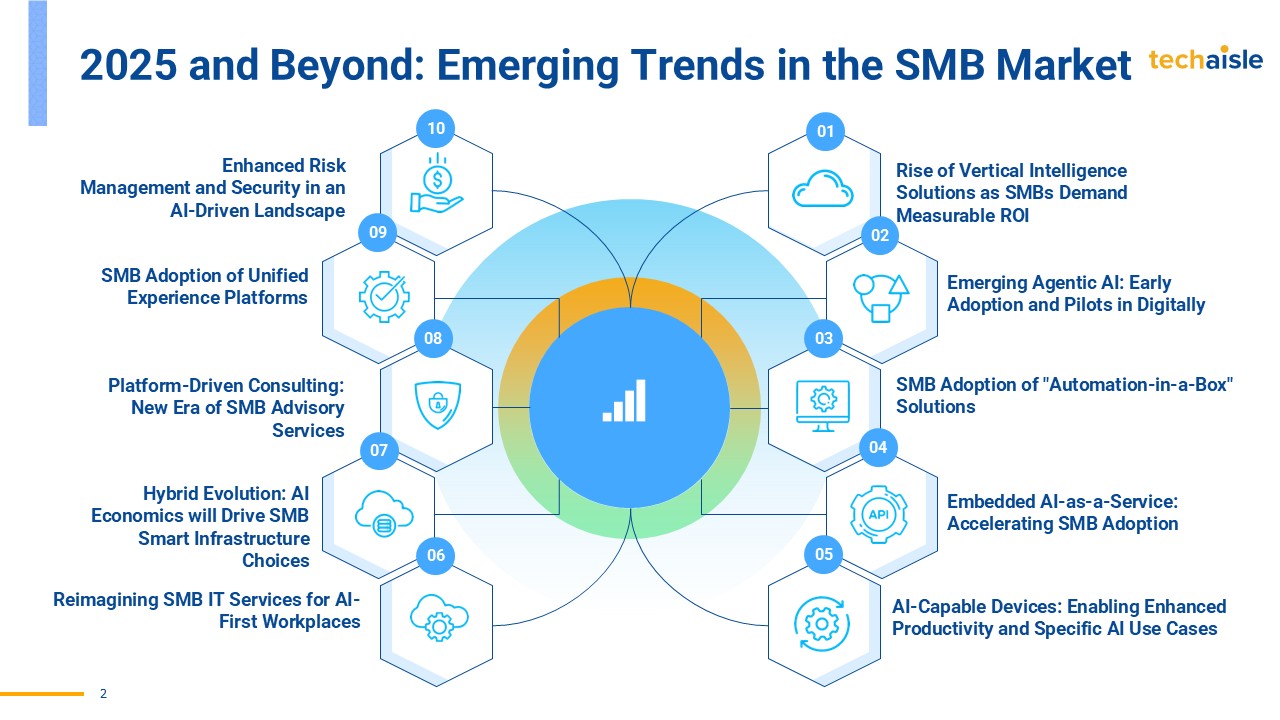The Amazon Web Services (AWS) Partner Network (APN), launched in 2012, has been instrumental in AWS’s success since its inception in 2006. This vibrant ecosystem fosters collaboration and the development of innovative solutions for customers globally. Recognizing the significant role of small and medium-sized businesses (SMBs) in the global economy, AWS introduced the SMB Competency Program in January 2024 as a strategic initiative tailored to empower partners serving this crucial segment. This program, the first AWS go-to-market specialization explicitly for partners serving SMBs, was developed after extensive discussions with partners to understand their unique requirements deeply. Now, AWS is doubling down on its commitment by introducing a suite of enhanced benefits designed to accelerate the growth of these partners further and enable them to deliver even greater value to their SMB customers.

The AWS SMB Competency recognizes partners with a proven track record of helping SMBs thrive in the cloud by offering rigorously vetted solutions in areas such as migration, modernization, security, data storage, disaster recovery, AI/ML, and SaaS solutions. The inaugural cohort of 30 partners unanimously endorsed the program. This is crucial as 55% of customers view, as per Techaisle data, partner competencies as “absolutely essential” when assessing partner capabilities. The SMB market presents a substantial opportunity, with SMBs and midmarket firms projected to spend over $650 billion on cloud solutions in 2025 – Techaisle data. Notably, AWS is actively focusing on both the "middle" and previously "overlooked" SMB segments, recognizing the evolving channel dynamics and the pivotal role SMBs now play.
The new benefits amplify the existing advantages of the competency, reinforcing AWS's dedication to a thriving ecosystem focused on the unique needs of SMBs. These enhanced offerings include:













